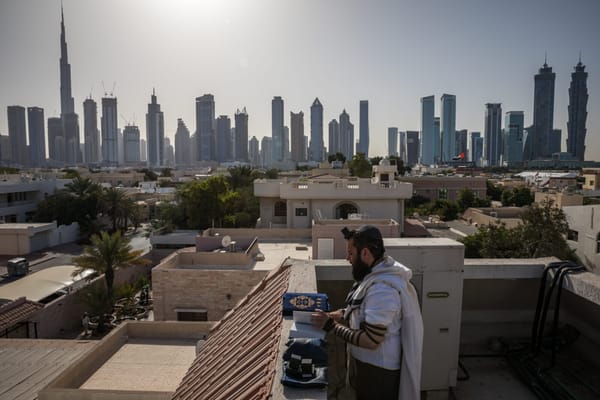No Going Back?
During the early stages of national political formation in the Middle East, when crises prevail and mass mobilization is a major organizing strategy, political movements often recruit women and the domestic sector into the political arena. Continuous crises, from which the domestic sector is not imm









